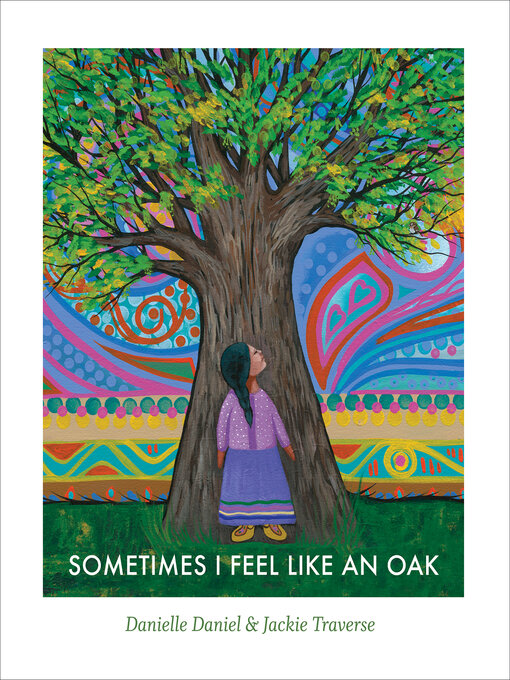Following the success of Sometimes I Feel Like a Fox and Sometimes I Feel Like a River, this companion book explores the nature and beauty of trees.
Twelve lyrical poems look at twelve different trees, from early spring to deep winter. In each poem, a child identifies with a feature of the tree — such as the smooth trunk of a birch whose bark has peeled away, the strong branches of a spruce that shelter small birds or the pink flowers of a cherry blossom that tumble like confetti. The poems provide an opportunity to learn about each tree, inspiring us to look afresh at the trees around us — whether in the schoolyard, neighborhood or park — and get to know them better.
Danielle Daniel's passion for trees is beautifully matched by Jackie Traverse's paintings, which bring each tree to life. In the pages following the poems, children are invited to consider what different kinds of trees might mean to them. In an author's note, Danielle Daniel shares her belief, similar to her Algonquin ancestors', that trees are sentient beings with much to give and teach us.
Key Text Features
illustrations
author's note
poems
Correlates to the Common Core States Standards in English Language Arts:
CCSS.ELA-LITERACY.RL.K.5
Recognize common types of texts (e.g., storybooks, poems).
CCSS.ELA-LITERACY.RL.K.6
With prompting and support, name the author and illustrator of a story and define the role of each in telling the story.
CCSS.ELA-LITERACY.RL.1.4
Identify words and phrases in stories or poems that suggest feelings or appeal to the senses.



